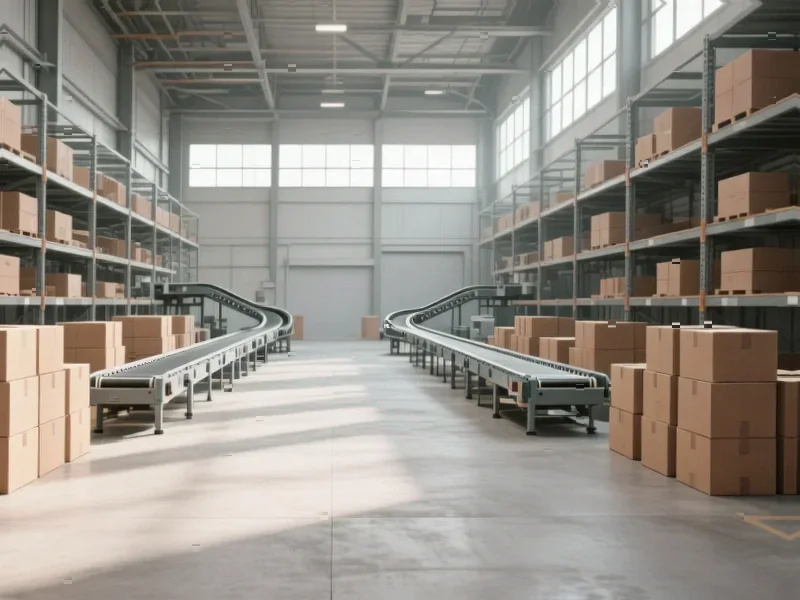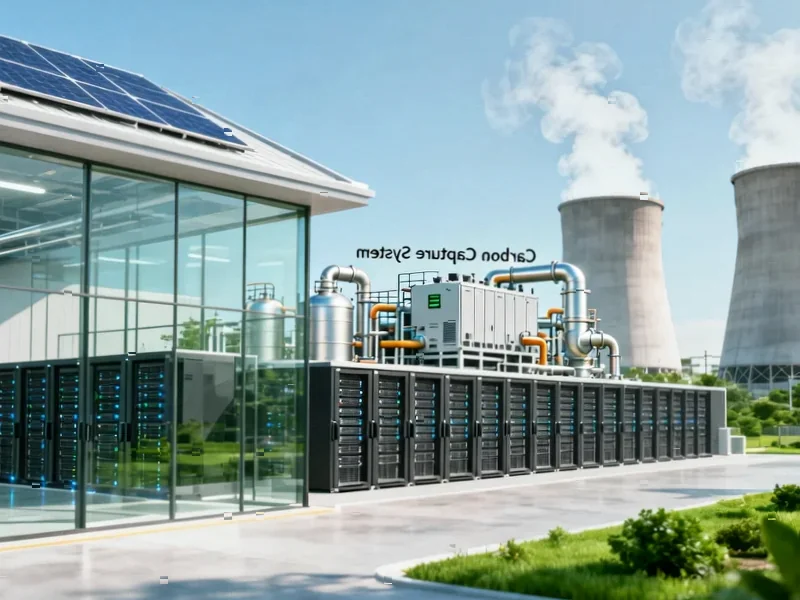According to The Economist, Changxing Island in northeast China has transformed from farmland and fishing villages into a global chemical powerhouse in little more than a decade. The island’s specialized petrochemical plant opened in 2012 and has grown relentlessly, with private company Hengli investing approximately 25 billion yuan ($3.5 billion) to become the world’s largest producer of purified terephthalic acid (PTA). China now accounts for over 60% of global PTA production, up from being a net importer just ten years ago, forcing competitors in Canada, Europe and Japan to reduce or cease production. The island’s success stems from a powerful combination of government designation as a special development zone, state support including tax incentives and preferential land pricing, and collaboration with the Dalian Institute of Chemical Physics for research commercialization. This remarkable transformation illustrates why displacing China from global supply chains remains extraordinarily challenging.
The Unbeatable Industrial Policy Formula
What makes China’s manufacturing dominance particularly formidable isn’t just the scale of investment, but the sophisticated coordination between multiple stakeholders. The Changxing Island model demonstrates a three-layer approach that Western industrial policies struggle to replicate. First, national strategic designation creates the framework – in this case, as part of China’s northeast revitalization plan. Second, local implementation provides the infrastructure and incentives, including the crucial deepwater port facilities that make global export competitive. Third, private enterprise responds with massive capital deployment and operational excellence. This tripartite coordination creates what economists call “positive feedback loops” – where each successful investment justifies further policy support, which attracts more private capital.
The Ripple Effects Across Global Industries
While PTA might seem like a niche chemical, its dominance has cascading effects across multiple industries that should concern Western policymakers. Purified terephthalic acid is essential for polyester production, which feeds into textiles, packaging, and increasingly into technical applications like automotive components and construction materials. When China controls over 60% of a fundamental input, it creates what military strategists would call “center of gravity” control over entire supply chains. Companies downstream must either accept dependency or face massive cost disadvantages. This isn’t just about cheaper T-shirts – it’s about who sets the terms for industrial production across multiple sectors. The recent Biden administration’s supply chain review highlighted similar vulnerabilities in semiconductors and pharmaceuticals, but chemicals represent an even broader category of strategic materials.
The Research-to-Production Advantage
Perhaps the most underestimated aspect of China’s chemical dominance is the seamless integration between academic research and industrial application. The proximity between Hengli’s facilities and the Dalian Institute of Chemical Physics represents a model that Western countries have struggled to maintain. While universities in Europe and North America produce groundbreaking research, the “valley of death” between laboratory discovery and commercial scale remains a persistent challenge. China’s state-supported research institutes focusing specifically on industrial applications create what amounts to a permanent innovation pipeline. This isn’t just about throwing money at problems – it’s about creating institutional structures that systematically bridge the gap between basic research and manufacturing scale. The global scientific publishing landscape shows China’s rising dominance in chemical engineering research, but the real advantage lies in how quickly that research translates into production capacity.
The Fantasy of Supply Chain Decoupling
Western discussions about supply chain reshoring often underestimate the structural advantages that clusters like Changxing Island represent. The island’s development represents what economists call “agglomeration economies” – the benefits that come from concentrated expertise, infrastructure, and supply chain integration. Even if other countries matched China’s direct subsidies, they would still face the challenge of recreating decades of accumulated knowledge, specialized workforce development, and integrated logistics. The recent decline in US chemical industry competitiveness demonstrates how difficult it is to reverse these trends. More concerning for decoupling advocates: China isn’t standing still. The planned upgrade to more specialized chemical products suggests they’re following the classic Japanese and Korean development path – moving up the value chain as they master each successive tier of manufacturing complexity.
Beyond Economics: The Geopolitical Calculus
The chemical industry’s description as “the industry of industries” underscores why Changxing Island’s success has implications far beyond manufacturing competitiveness. Chemicals feed into everything from agriculture and pharmaceuticals to electronics and defense materials. While Western attention focuses on flashier technologies like semiconductors, the quiet dominance in basic industrial chemicals represents a more fundamental form of leverage. In any future geopolitical tension, control over chemical supply chains could become as strategically significant as energy security. The pattern established at Changxing – deep government-business integration, massive scale advantages, and relentless vertical integration – is being replicated across multiple industrial sectors. This suggests that efforts to build alternative supply chains must address not just individual products, but the entire ecosystem that makes Chinese manufacturing so formidable.




